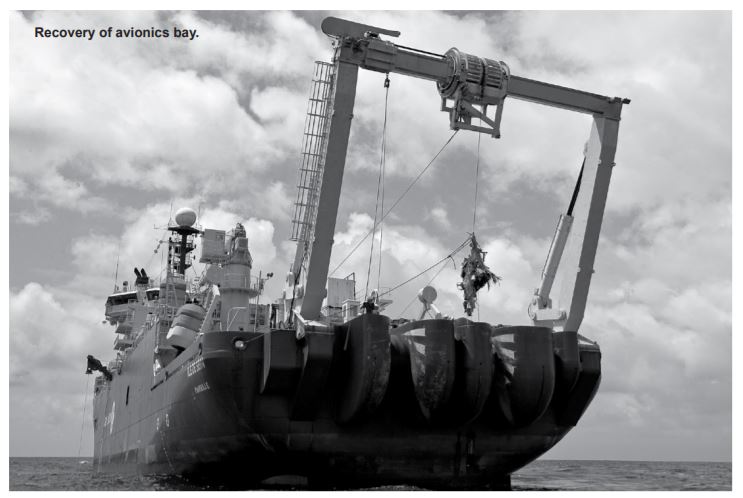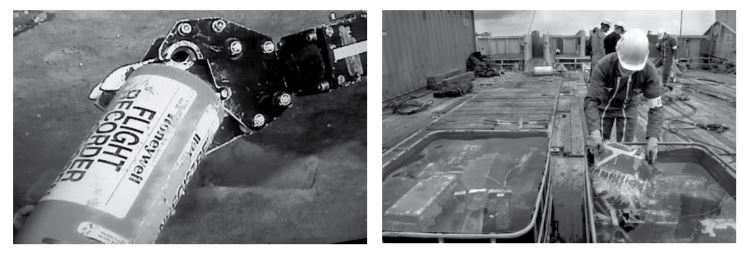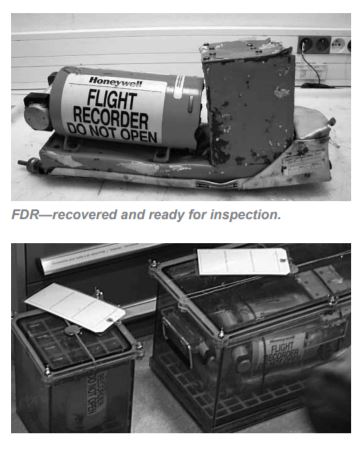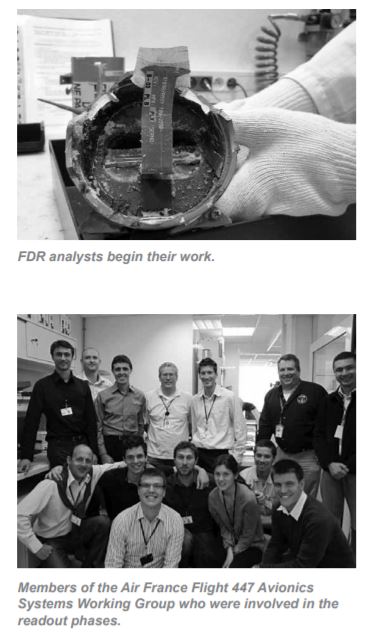
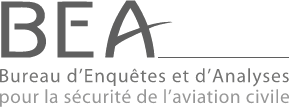
|
The crash of Air France Flight 447 on June 1, 2009, marked the beginning of an exhaustive three-year investigation conducted by the BEA. Here the author reports on the flight recorders readout operations. No one was sure what could be expected from flight recorders after almost two years of being immersed 4,000 meters under water. Air France Flight 447’s flight recorders were recovered on May 1 and 2, 2011. They were brought to the Bureau d’Enquêtes et d’Analyses pour la sécurité de l’aviation civile (BEA) laboratory where the opening and readout operations started on May 12. Those operations had previously been discussed with and agreed to by all the participants involved, in particular the NTSB and Honeywell, manufacturer of the recorders. No one was sure what could be expected from the flight recorders after almost two years of being immersed 4,000 meters under water. he worst-case scenario had been considered, given previous experience with this type of recorder. For example, recorders of this type were found within 40 days at a depth of about 1,000 meters after the A310 accident in Comoros that occurred only a few weeks after Air France Flight 447. When the A310 recorders were opened, parts of the memory boards and some of the chips showed major damage due to corrosion. Data could be almost completely recovered only after exceptional efforts. However, the environmental conditions between the two cases differed significantly. In terms of temperature and salt concentration—two major factors for corrosion—the very deep cool and almost fresh waters of the Atlantic were a real advantage over the very saline and relatively warm Indian Ocean waters surrounding Comoros. When the first crash-protected module from Air France Flight 447 was opened and the memory board removed, all the witnesses were amazed at the appearance of the board—almost pristine. |
|||||||
| There was therefore not much doubt left: if the data were still there, which was not an absolute, they would be recovered. And that is the way things went, after having dried the boards and replacing some damaged components on the CVR’s boards.
One unresolved question was about the functioning of the underwater locator beacons (ULB) on each of the recorders, which were not heard during the first phase of the sea searches. Though both crash-protected modules were retrieved, only one was still attached to its casing. What is more, only this one had its ULB still in place, though damaged. The remaining ULB was tested at the BEA, resulting in no tangible evidence. The ULB was not transmitting as per design, but some physical damage may have been the result of a chemical rather than mechanical aggression. In any case, other tests had been going on with the French Navy to better understand the way the signal propagates with the ULB still attached to its crash-protected module. These demonstrated that the presence of that module, and the recorder casing, may affect the strength of the signal in some directions. Operations to extract the data storage medium and prepare the readout were, as usual in France, videotaped and logged. The presence of the judicial experts and other judicial representatives was, however, easily accepted by the investigation authorities, mainly because they themselves were considered to be witnesses rather than actors. |
|||||||
| The BEA used, for the first time, four IP cameras to film, record, and broadcast images from various places in the laboratory: opening room, electronic room, X-Ray machine, plus a movable camera. Apart from getting a trace of what had been done throughout the process, this allowed other people (typically from the manufacturer or the airline) to follow the ongoing operations without disturbing the tranquility required to undertake this type of operation.
The data were then fully recovered, and the analysis could begin. Again, paradoxically, the investigation team was lucky enough to have ample time available to prepare the different tasks before the data were available. Whereas several hours or one day are generally given to preparing the lab, testing the tools and configuring the analysis software, 10 days could in this case be efficiently used to prepare the protocol and analysis (including plots and listings). In the end, it saved a lot of time.
|
|||||||
Hence, every single recorded parameter was looked at to search for any link with the availability of air data sources, from the computer standpoint. This finally helped, and it was possible to compute or approximate the flight directors’ guidance or determine, at least partially, the pitot probe No. 2 blockage history. This information was then made into in a 2-D animation and provided to the Human Factors Working Group. Despite the limitations in terms of interpretation associated with this type of representation, by combining it with the CVR, it was possible to show how fast the events happened in the sequence. Without basing their analysis on the animation, the quantity of information available in a limited space made it possible for the Human Factors Working Group members to consider a wide range of aspects in a short time. |
|||||||
WRITTEN BY: Léopold Sartorius Senior Safety Investigator BEA, France

